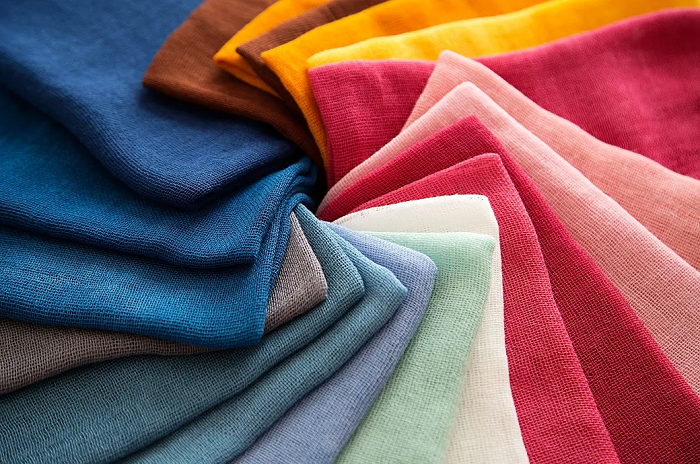
The latest Wazir Textile & Apparel Index Reports reveal a contrasting performance for the Indian textile and apparel industry in FY24. While the Wazir Apparel Index (WAI) indicates a positive trend, the Wazir Textile Index (WTI) paints a concerning picture.
Textile industry struggles with profitability despite sales growth
Sales up, profits down: The WTI Sales Index witnessed a modest 2 per cent increase in FY24 compared to FY23. However, this positive sales growth wasn't mirrored in profitability. The WTI EBITDA Index, a measure of earnings before interest, taxes, depreciation, and amortization, saw a concerning 10 per cent decline year-on-year. This indicates that despite an increase in sales, textile companies are struggling to maintain profit margins.
Shrinking margins: This disparity is further highlighted by the consolidated EBITDA margin for top textile companies. Despite a 2 per cent increase in sales, the EBITDA margin as a percentage of sales dropped by a significant 1 percentage point in FY24. While the report doesn't provide details on cost breakdown, it's possible factors like employee expenses or other operational costs could be putting pressure on margins.
Apparel sector shows resilience
Modest sales growth, stable margins: The Wazir Apparel Index (WAI) tells a different story. The WAI Sales Index displayed a marginal increase of 0.3 per cent in FY24 compared to FY23. While the sales growth wasn't substantial, it indicates a level of stability in the apparel sector. This suggests apparel companies might be managing costs more effectively or benefiting from favorable market conditions compared to their textile counterparts.
Profitability on the rise: Interestingly, the WAI EBITDA Index bucked the trend and actually increased by 1 per cent year-on-year. Additionally, the apparel sector managed to maintain its consolidated EBITDA margin as a percentage of sales, indicating a focus on cost control and efficiency. The consolidated EBITDA margin for WAI companies remained unchanged, indicating apparel companies are able to maintain their profit margins despite stagnant sales growth.
Overall industry performance a cause for concern
Sales down, profits down further: Looking at the performance of all listed textile and apparel companies combined, the picture becomes more concerning. Consolidated sales for the entire sector declined by 3 per cent in FY24 compared to FY23. This suggests that despite the apparel sector's resilience, the overall industry is facing headwinds.
Profitability takes a hit: The decline in profitability is even more stark. Consolidated EBITDA for all listed companies witnessed a drop of 2 percentage points in FY24 compared to FY23. This significant decrease highlights the challenges the industry is facing in maintaining profitability.
Unpacking the divergence
The contrasting performances of the WTI and WAI raise questions about the factors driving this divergence. A deeper analysis of raw material costs, export trends, and company-specific strategies within each sector might reveal the reasons behind these contrasting results.
This mixed performance underscores the need for the textile industry to address profitability concerns. Strategies to improve operational efficiency, explore new markets, and potentially adapt product lines could be crucial for navigating the current economic climate. The apparel sector, while showing signs of resilience, should also remain vigilant and adapt its strategies as needed.












